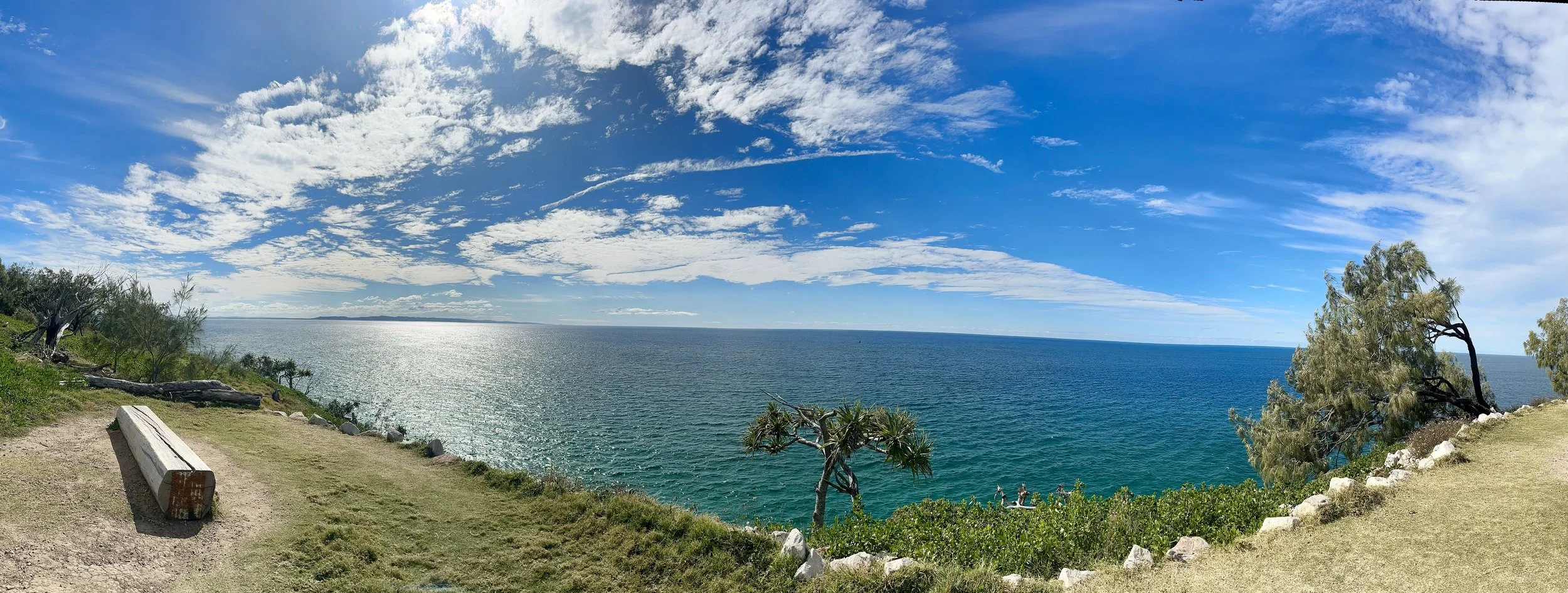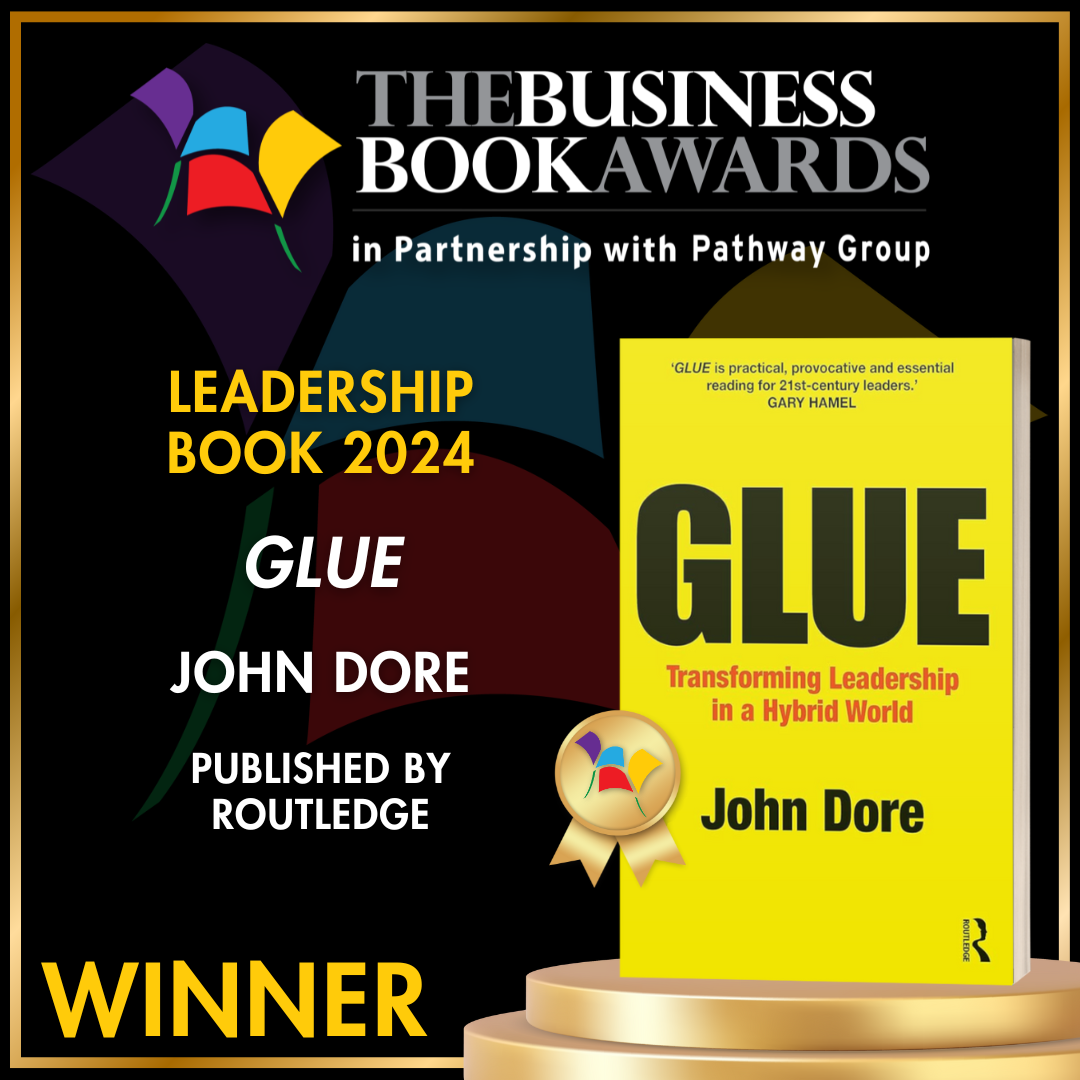The business of emotional happiness
/For me this week marked the end of a rather extraordinary couple of months professionally. OK that’s not the most exciting line to start a blog entry. I will try again. After partying with the HBO crowd at the 67th Emmy’s in LA, interviewing some of the world’s greatest sports personalities and leading a conference for family business tycoons in Shanghai, I am now ready for the weekend and a return to “normal”.
Two nights ago I was in The House of Roosevelt on the Bund drinking Grand Cuvee with Remi Krug…of the House of Krug [see picture below]. If you’re going to learn about something you know nothing about; why not go for expertise? I’d love to learn to play funk guitar riffs with Nile Rodgers or execute a paradiddle with Neil Peart. And so it was with Monsieur Krug and his champagne. A warm and very articulate man, he described himself as being in “the business of emotional happiness.” I was very happy to drink to that. Unfortunately, although Monsieur Krug's joie de vivre is infectious, the environs of Shanghai 's business district seemed much less vibrant and upbeat than my previous visits.
Shanghai was bigger and taller than my last stay two years ago, but it had also become somehow too familiar and less fun through being more and more like everywhere is else in the world. On the Pudong side of the river, it’s like Canary Wharf, downtown Manhattan, or Hong Kong central. Only taller and bigger, with no one there working.
SHARING A GLASS WITH REMI KRUG
The traffic remains horrendous, but strangely only on some roads. Taxis are numerous and passenger-less. The new Shanghai tower [736 metres] stood proud against the blue sky but there seemed little evidence that it is actually being fitted out. The popular ‘bottle opener’ tower now looks quaint and impressively cloud reaching, not just plain silly like its new cylindrical neighbour. We walked through the IFC Mall, which remains sparse and empty. Of course the glamorous shops are there: Gucci, Prada, Armani, Channel, but are staffed by bored besuited souls, left lonely in the air-conditioned vacuity of these brightly lit spaces. Where was everyone? You could clap your hands in the Mall and it echoed like Dionysius's ear. In my 34th Floor hotel room, I could hear the traffic outside. But not the rumble and cacophony of horns and sirens and determined progress that you hear on New York’s great boulevards. But individual horns, beeped at one another. There are no great ‘mass crossings’ of people at the road ntersections, but the occasional electric moped, using road and pavement to get somewhere no particular hurry. I may be wrong. Indeed my view may be myopic from the lens of some very smart 'high-end' settings, mainly in Pudong, but there were too few people there to make the place seem real or thriving.
One of the speakers at the Conference I hosted was Erwen Ramburg, a investment banking market analyst based in Hong Kong and the author of The Bling Dynasty; a fascinating dissection of the dynamics behind the explosive growth in luxury brand shopping in China. His was upbeat on the prospects for the sector: predicting that 50% of total luxury brand sales by 2020 will be by Chinese consumers. It just seems that shopping in the future is more likely to be in Dubai and Knightsbridge then it is in China. The Apple Store in Shanghai was rammed, but we all like to browse. The Park Hyatt restaurant shut at 10 pm. It was closed completely on the Monday. The growth of Shanghai has been astounding and there were many Westerners in the smart bars and high-end hotels, but many we met were there for a short meeting, or the golf, or passing through to Hong Kong or somewhere more vibrant in the Region.
Dead buildings.
We had drinks on the rooftop of the Ritz-Carlton, without the cover charge demanded two years ago. In the distance, across the river - but still pretty central and within a mile or so of the Bund we saw something very strange indeed. Shanghai is brilliantly lit at night. From the Pearl Tower across the borders of the waters, amazing light shows, illuminated skyscrapers and river front buildings with vast advertising hoardings and LED graphics shimmer through the thick air. Below the ‘Mickey’ silhouette of the vast new Disney Store and Marketing suite shone crisply. But there in the near distance were some great towers; buildings that would be monumental edifices in Paris, or London or Frankfurt. But here they were just dead buildings. No lights on. No one home. Like doomed landmarks in the neon.
We wondered whether the city was shifting the greater gravity of its business to Pudong at the expense of the older towers in the North of the City. So perhaps not all was new new, but that such vast new development was at the expense of the older city. Perhaps the growth is not always exponential as thought by some economists, or prophesied by the Chinese government, but however well planned, such growth is simply canabalistic.
China has this month announced a gradual relaxing of its one-child policy from 2016. But will the next generation of young people born as a result of the economically “planned population growth in 2030 and 2040” want to staff the soulless Malls of Pudong? I have my doubts.









